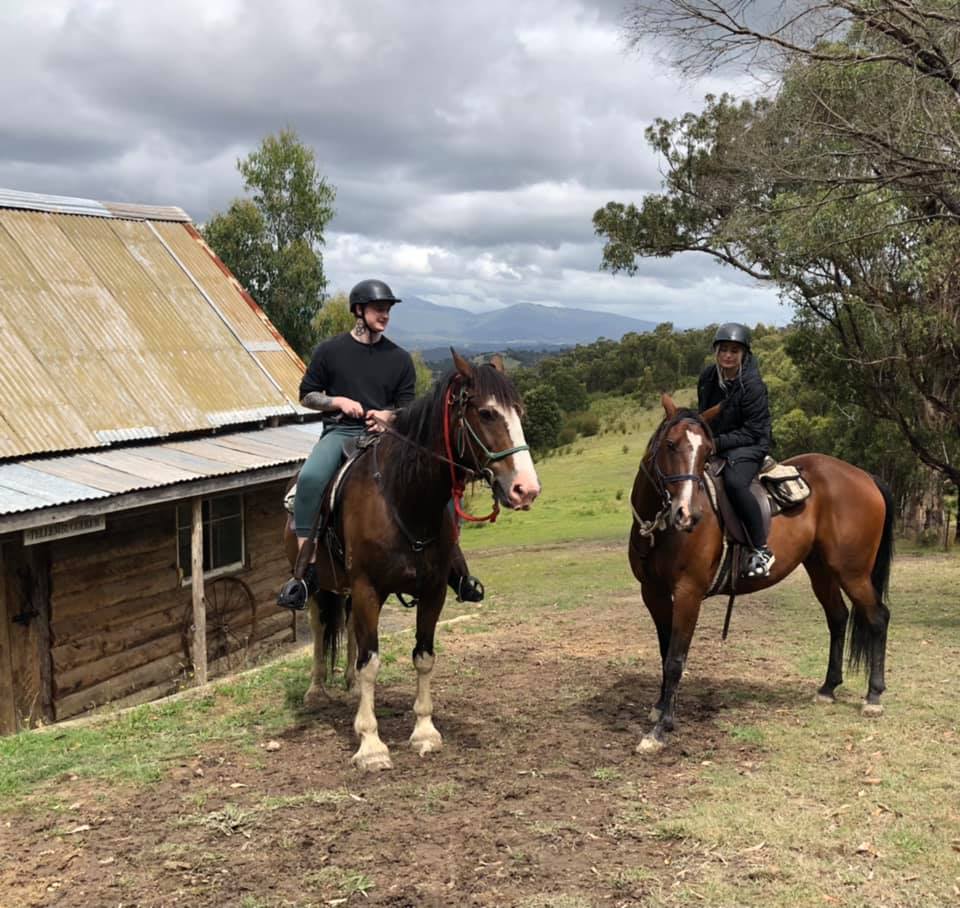In fact, a horse does not actively step on a man. If you’re walking through a sacred herd of horses, you’ll almost certainly be pushed down, but every horse will try to avoid stepping on you. However, you might get struck by a passing hoof. This isn’t charity, they’re just trying to avoid falling or damaging their legs by avoiding treading on squishy things.
It’s one of the reasons they avoid shadows on the ground; it could be a hole, resulting in a broken leg. They can be trained to trample things on purpose, and they will stomp a snake of their own, but not when fleeing. If you must choose between being thrown in front of a cattle or horse stampede, choose the horses every time.
Contents
The Most Common Ways You Can Be Hurt By a Horse
Being Stepped On
It’s typical to get your toes squished since you didn’t move out of the way soon enough. Even experienced horse owners don’t always move their feet as quickly as their horses do.
Bruising, abrasions, and even shattered bones might result from this. Your fingers may be stepped on while cleaning hooves, but it’s unlikely. The horse may tread on you after a fall, but your horse will usually try to avoid you.
Kicks and Strikes
Horses may strike out with either their front or back hooves, and they can strike out in both directions. Kicks are often unintentional, as when a horse kicks at a fly and the handler comes in the way. Some kicks are done on purpose. It’s also possible to be kicked by another horse when riding, therefore keeping a safe space between horses when in a group.
Falls
According to the CHIRP, falls caused 62 percent of reported horse-related injuries. Almost every area of your body can be hurt when you fall. Arms, wrists, and collar bones are frequently broken or strained as riders try to cushion their fall by extending their arms, as the rider in this shot is doing. Injuries to the horse are also possible.
When a horse steps on or falls on a rider, it can cause serious injury. And, of course, head injuries are the primary cause of mortality among riders. It is possible to learn how to fall. However, this does not guarantee that you will be safe from every damage. While no helmet can provide 100 percent protection, data demonstrate that they significantly reduce the risk of traumatic brain injuries.
Bites
Horses bite to defend themselves or to show annoyance and frustration. Some people are deceitful and disrespectful. Horses who are adamant about getting treats might become obnoxious and bite fingers and arms. Horses can bite with such force that they can break fingers and cause severe bruising and wounds.
Getting Knocked Over
While a horse is loose, tied, or being led, it is possible to be knocked over by it. The more time you spend working with horses, the less common this becomes as you learn to predict what your horse is thinking and doing next. Sprains, bruising, and fractured bones and teeth can all result from being knocked over.
Strains and Sprains
You’ll wake up with a few sore muscles when you first start to ride, some of which aren’t used in other sports or hobbies. Many folks will have soreness around the inside of their upper thigh muscles. Others may feel fatigued calf muscles after a ride, either on the outside or in the back.
Backaches are prevalent, and they can be caused by an ill-fitting saddle or an incorrect riding position. Shoulders can also tighten up. The good news is that most of these pains will go away as you strengthen and stretch these muscles and improve your riding technique.
Other strains, on the other hand, can occur by chance. As you fall, a variety of things might happen, including straining or spraining joints and muscles on the way down or as you land. Your arm or shoulder muscles may be pulled if your horse suddenly spooks while you’re leading it. Muscle tension can also be caused by sudden overexertion, such as incorrectly raising your saddle, a bag of hay, or transporting a load of manure.
Being Dragged
Injury can occur if you are dragged from the ground or if you are dragged after a fall. If you lose your footing, even a small pony can drag you about, inflicting muscle strain and abrasions. Of course, whether you’re being dragged while handling or hung up in the tack, you run the risk of getting booted.
If the horse spooks, runs, or kicks, getting trapped in the stirrups can result in serious injuries. Fortunately, being pulled may be prevented to a significant extent by learning how to correctly lead a horse and utilizing safety stirrups and proper boots.
Riding into obstacles
When trail riding, you’re likely to come across low branches that can scratch, stab, or even sweep you off your feet. It’s possible to be taken through low doors in an arena or to collide with walls or objects such as jumps or barrels.
Conclusion
To summarize, horses dislike treading on squishy, squirming, wailing objects, but if they can’t avoid it, they will.

